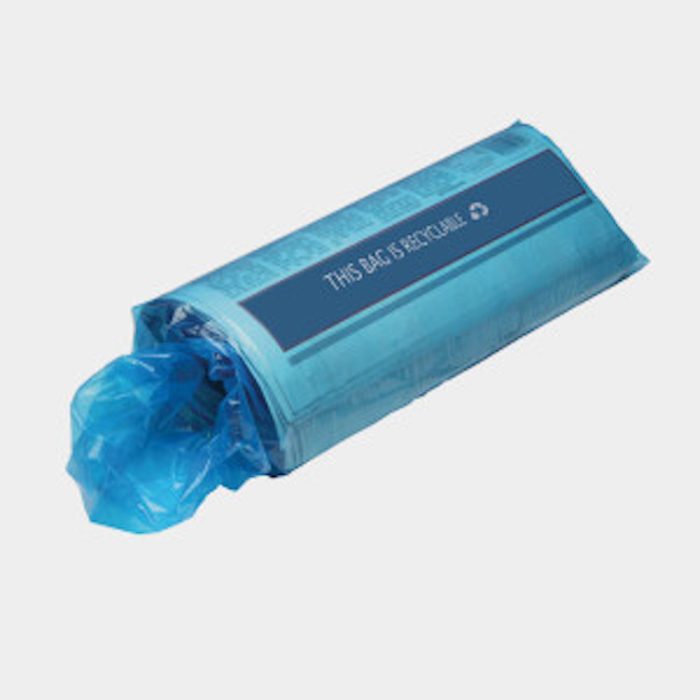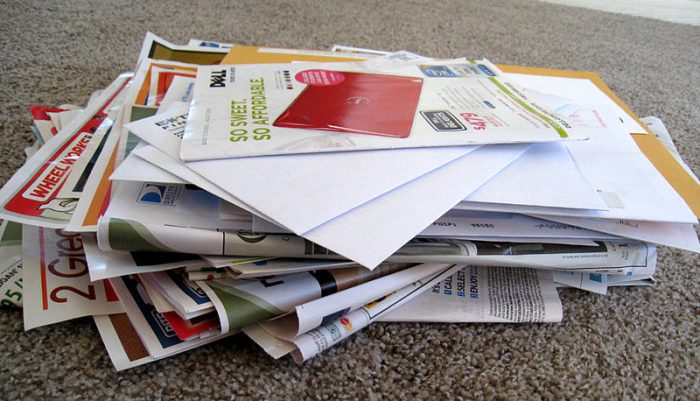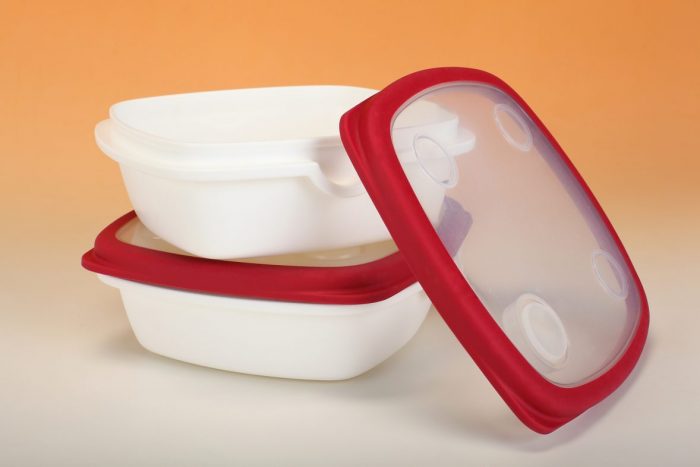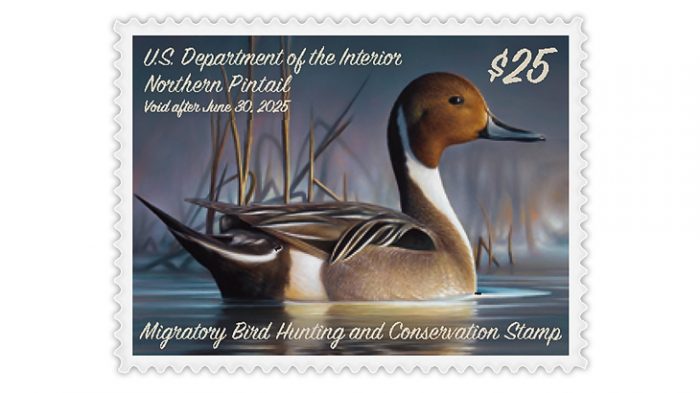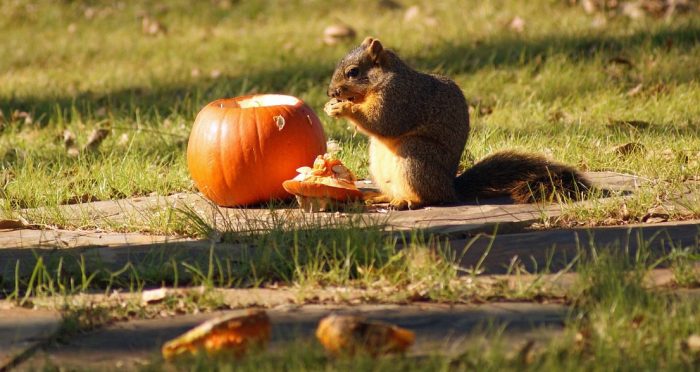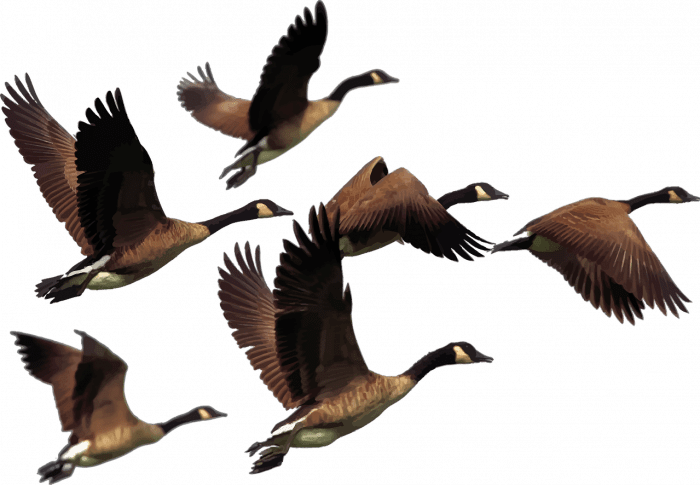A Column Promoting a More Earth-Friendly Lifestyle
By John L. Turner

An emerging and growing aspect at environmental sustainability has been the embrace by many homeowners to implement a number of positive practices in and around their homes to help wildlife. Perhaps foremost is the idea of landscaping with native plants to support pollinating insects such as bees and butterflies while also being attractive to the human eye.
Responding to this growing trend of using native plants in residential landscapes, a number of Long Island based nurseries and other sources have begun to offer a wide variety of native species. One outstanding source for native plants is the Long Island Native Plant Initiative (LINPI, www.linpi.org), located at the Sisters of Saint Joseph property at 1725 Brentwood Road in Brentwood; it offers a wide variety of attractive native trees, shrubs, wildflowers and grasses for purchase, including more than forty species from which to select.
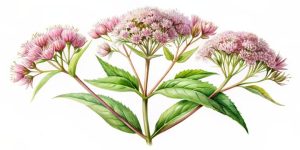
These are not only native species but plants which were grown from seeds collected from native species growing here on Long Island, known as our local ‘ecotype.’ These include numerous trees and shrubs such as eastern red cedar, northern bayberry, sumac, and beach plum; wildflowers like milkweeds, asters, Maryland golden-aster, Joe-pye weed, several bush clovers, common evening primrose, and prickly pear cactus, and grasses like little bluestem, purple top, and deer tongue.
LINPI’s website also contains a helpful plant database that can guide you toward certain species depending on the homeowner’s sun and soil tolerance and other aspects like bloom season, attractiveness to butterflies and birds, or deer resistance.
Planting native species that support wildlife has never been easier and is a great way to pay our debt to insects that help to sustain human society.
A resident of Setauket, author John L. Turner is a naturalist, conservation co-chair of the Four Harbors Audubon Society, and Conservation Policy Advocate for the Seatuck Environmental Association.

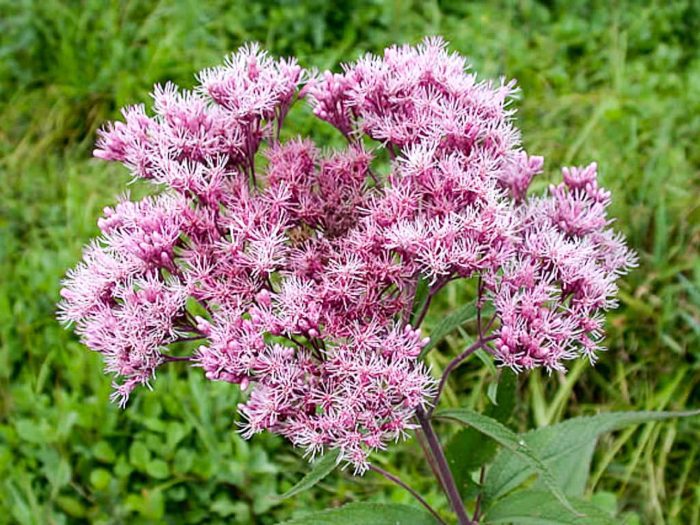
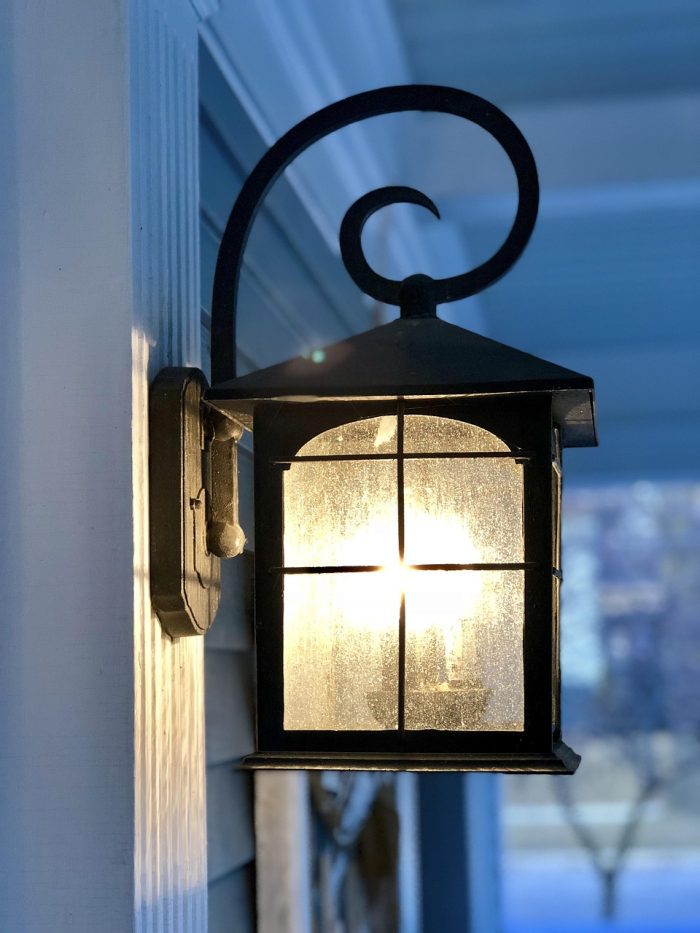

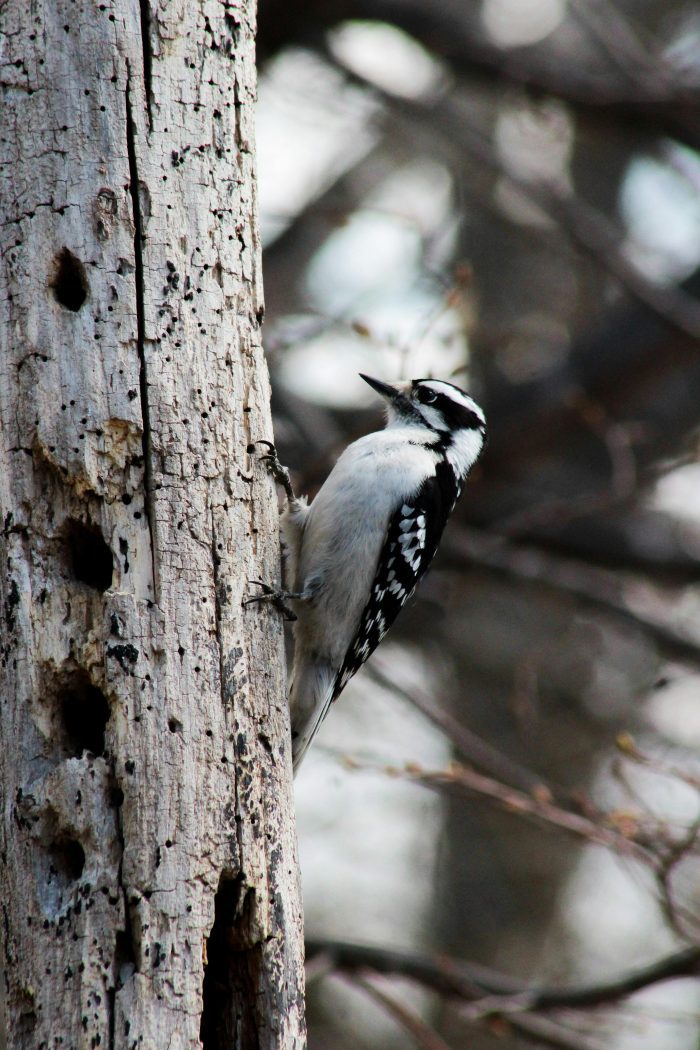
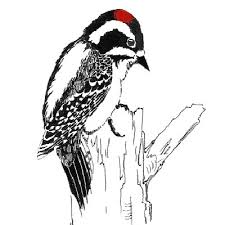 As the wood softens further, breaking down from the elements of weather, fungus, bacteria and insects, the standing tree becomes a cafeteria too. Woodpeckers chip away the softened wood to feast on beetle grubs previously hidden beneath the surface and mammals feed on several types of shelf fungus that sprout from the trunk like the well known chicken-of-the-woods and hen-of-the-woods, two delicious mushrooms that humans like too!
As the wood softens further, breaking down from the elements of weather, fungus, bacteria and insects, the standing tree becomes a cafeteria too. Woodpeckers chip away the softened wood to feast on beetle grubs previously hidden beneath the surface and mammals feed on several types of shelf fungus that sprout from the trunk like the well known chicken-of-the-woods and hen-of-the-woods, two delicious mushrooms that humans like too!